Low-Maintenance Community Vegetable Garden
Elbourne
13 years ago
Related Stories

FALL GARDENINGGreat Design Plant: Low-Maintenance Allium Cernuum
Nodding onion is a Mid-Atlantic native bulb with beautiful midsummer blooms
Full Story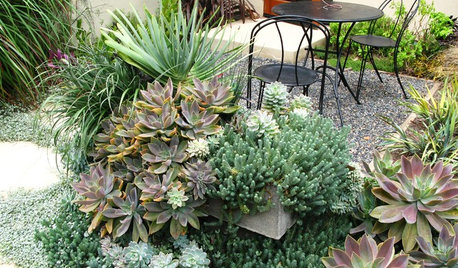
SUCCULENTSAmazingly Low-Maintenance Picks for Outdoor Planters
Turn to succulents, cacti and ornamental grasses to keep your summer watering and care to a minimum
Full Story
GARDENING GUIDESLush, Foodie Abundance in a Small Urban Garden
This modest backyard garden provides its owner with fruit and vegetables all year round, thanks to an innovative low-maintenance approach
Full Story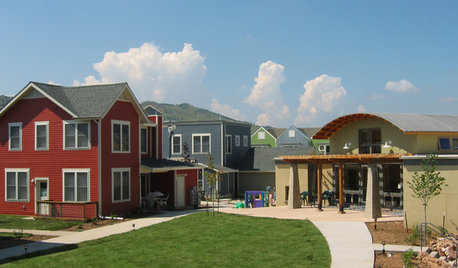
COMMUNITYTogetherness Take 2: Is a Cohousing Community for You?
Missing that sense of connection? Consider the new breed of neighborhood with a communal bent
Full Story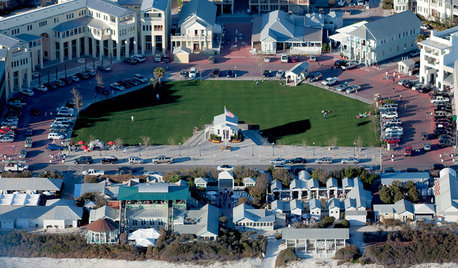
COMMUNITYTour a Pioneering Beach Town That Fosters Community
No cars, mixed-use zones, strict building codes ... a new book takes us inside Seaside, a champion of New Urbanism
Full Story
GARDENING GUIDESVegetables and Flowers Mix in Beautiful Edible Gardens
Ornamentals, meet your edible garden mates. We know you'll get along just beautifully
Full Story
EDIBLE GARDENS8 Surefire Vegetables and Herbs for Beginning Gardeners
Learn the edible plants that are popular and easy to grow in a backyard or container garden
Full Story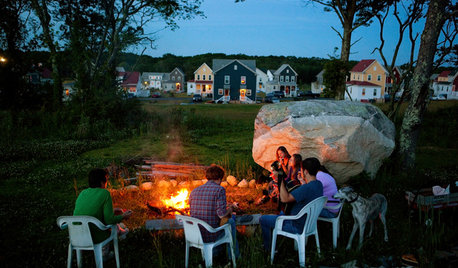
HOUZZ TOURSA New Community Flourishes in Rhode Island
Innovative affordable housing project offers new ideas for living with agriculture, art and each other
Full Story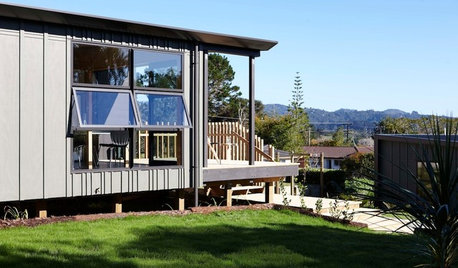
COMMUNITYTwo Homes Focus on Community
Energy-efficient houses in New Zealand adopt a neighborly point of view
Full Story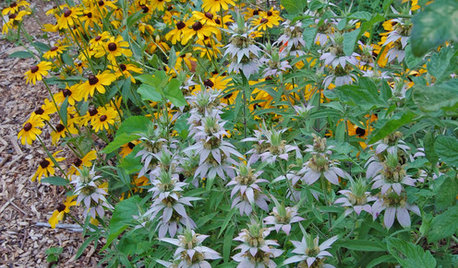
GARDENING GUIDESGreat Design Plant: Spotted Beebalm (Monarda punctata)
Looking for unusual, long-lasting blooms, low maintenance and deer resistance? Try this self-sowing perennial
Full StorySponsored
Columbus Area's Luxury Design Build Firm | 17x Best of Houzz Winner!
More Discussions






Dan _Staley (5b Sunset 2B AHS 7)
curt_grow
Related Professionals
Lowell Landscape Architects & Landscape Designers · Brunswick Landscape Contractors · Dallas Landscape Contractors · Federal Way Landscape Contractors · Framingham Landscape Contractors · Galt Landscape Contractors · Lebanon Landscape Contractors · Methuen Landscape Contractors · Pleasant Grove Landscape Contractors · Secaucus Landscape Contractors · Wanaque Landscape Contractors · Wayland Landscape Contractors · Whitehall Landscape Contractors · York Landscape Contractors · Lake Forest Driveway Installation & MaintenanceElbourneOriginal Author
iam3killerbs
alabamanicole
nancyjane_gardener
sinfonian
ElbourneOriginal Author
alabamanicole
iam3killerbs
glib